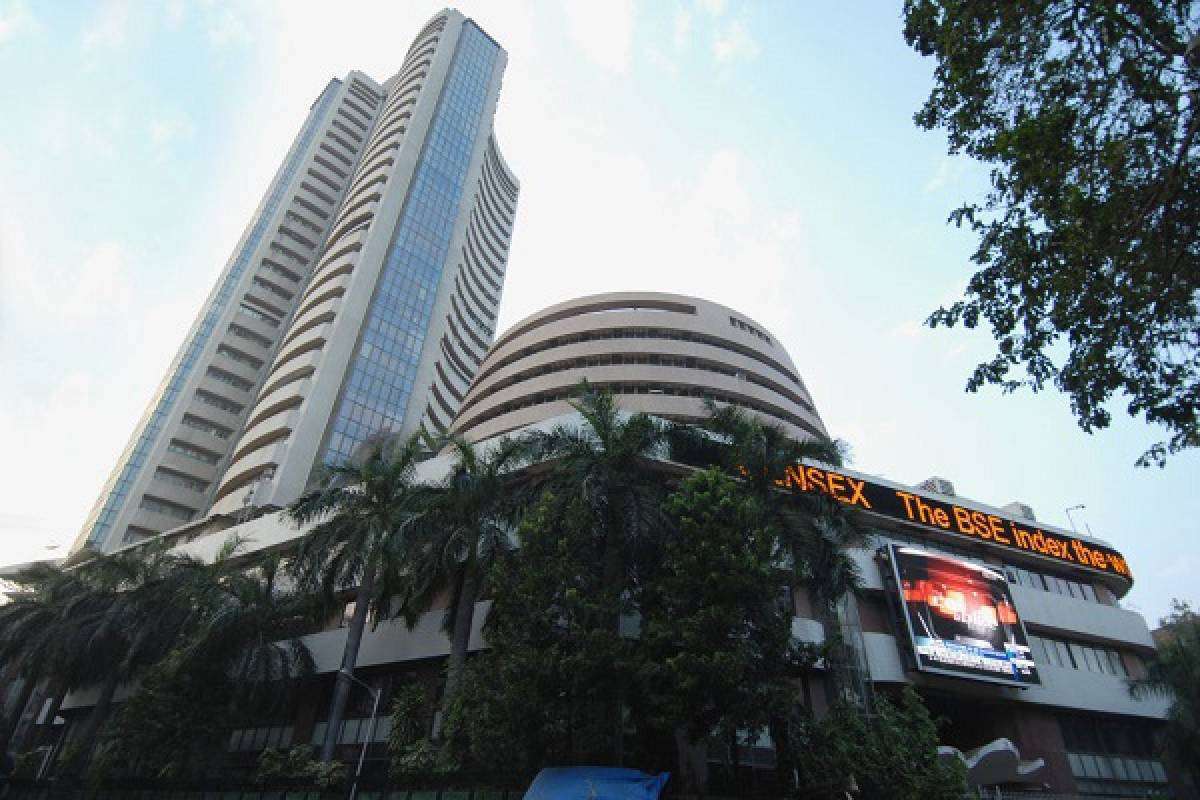
Capital Market: The goal of creating this India’s Decade will be more easily realized.
One of the most eagerly awaited and closely followed events is the Union Budget. The budget often stimulates general economic and market growth by providing a plan for the union government’s financial roadmap.
Everyone is looking forward to the FM’s speech on February 1 as the world struggles with economic challenges and recessionary trends. Being the final full-year budget before the Union Elections in 2024, we expect the government to present a growth-oriented budget that provides a roadmap to create possibilities for gainful engagement without jeopardizing the nation’s financial stability.
Any proposal for a policy that would subject the oil and gas industry to the GST would be favourable from the standpoint of the market. Any strategy to minimize infrastructure businesses’ outstanding debt from public projects through an expedited conflict resolution process will also be well accepted by the market.

Additionally, the market will respond favourably to new initiatives that encourage state governments to strengthen the financial standing of electrical firms. However, the calls would be suspicious of a fully populist budget or a significant subsidy increase affecting the fiscal reduction plan.
A market field might follow these actions. Market turbulence may result from a substantial increase in borrowing that can raise the yield on long-term bonds. We think the government will continue to be dedicated to upholding macroeconomic stability in this budget by choosing a route toward budgetary joining.
The management is coping with internal growth threats posed by macroeconomic uncertainties and weakening global growth. In light of this, crossing the correct balance between inflation and development is essential, emphasising capability building.
Capital Market promoting economic growth and employment creation
This budget should have a significant emphasis on job creation and growth that is driven by investments. The development of any country depends on its infrastructure initiatives. To drive growth, there should be a focus on infrastructure expenditure and an increase in the budgeted allocation for infrastructure projects in the upcoming fiscal year.
Steps toward infrastructure development will also improve our ability to create jobs. The development and enhancement of public infrastructure, including water, train, metro, defence, digital infrastructure, and green initiatives, requires increased attention.
It will show our country’s prospect as a location for investments, ensure quick and simple transportation of goods, and support the creation of jobs. We expect that the forthcoming budget will take steps to revive private capital spending, which has lagged in recent years. It will increase investment activity, which will increase production and jobs.
The PLI programme, which encourages a variety of sectors and companies to produce goods domestically through production-linked incentives, has been a significant success. We hope the government takes action to expand the scope of the PLI to new sectors and industries. This action will encourage manufacturing in India and support economic growth and job creation.
To combat inflationary pressures, increase rural spending.

The last fiscal year saw relatively high inflation, driven by external factors. The ability of a massive part of the population to make purchases has been hampered, particularly in the rural sector, as a result of a tightening of the economic policy and subsequent rate increases by the RBI as inflation crept up. We hope the government provides relief measures for people at the bottom of the pyramid.
More governmental endeavours to provide inexpensive housing options and broaden the reach of employment security programmes will be helpful as the rural economy slowly recovers from the pandemic.
Two key areas where budgetary policy by the government could affect long-lasting change are employment and housing. The Prime Minister’s Economic Advisory Council has discussed increasing funding for the social sector and providing a universal basic income to combat inequality.
Additional efforts in this direction will support rural growth and put the country on the path of wealth and expansion. The government can assist by increasing housing income tax incentives to promote development and affordability in rural areas.
Micro and small businesses
Even if the global economy is experiencing a slowdown due to the epidemic, the Indian economy has recovered and is now in a bright spot. The government can help small and medium-sized businesses in this economic environment by stimulating credit.
Credit availability is now suffering global headwinds. With strong balance sheets, increasing asset quality trends, and decreased provisioning, the banking industry is poised to recover fully. Credit growth will accelerate with a stimulus.
With new regulations and a push for additional investments in agriculture and related activities that might be a focus area, we hope the budget establishes a path to develop and strengthen the entrepreneurial culture in India. Developing rural industry and developing the accessibility of healthcare facilities in rural areas should also be top priorities for the budget.
Simply put, the budget must be centred on promoting and supporting growth through capacity creation. The government must take action to increase private capital investment by encouraging public investment. The ambition of making the 20s genuinely “The Indian Decade” would be realized by creating an environment that is more favourable for capital market investments.
Trading Cycle for Stocks

With the implementation of the T+1 system, Indian equities will transition to a quicker settlement cycle. From Friday, January 27, Indian stocks will be settled on a “trade-plus-one-day” schedule rather than the previous two-day (T+2) procedure. T+1 denotes that settlements relating to market trades must be completed within one day of the actual transactions.
India is one of the world’s pioneers in adopting a quicker trading settlement cycle, putting it ahead of the US. The US Securities Exchange Commission recently suggested the T+1 settlement with a 24-month implementation period (SEC).
The US SEC has asked for stakeholder opinions on switching to a one-day settlement cycle. According to a Bloomberg article, a European industry group reportedly has similar discussions.
The Securities and Exchange Commission (SEC) proposed rule changes last year to reduce risks associated with the clearance and settlement of securities. One of the changes was to shorten the standard settlement cycle for the majority of broker-dealer transactions in securities from two business days after the trade date (T+2) to one business day after the trade date (T+1).
According to the regulatory body’s document, the suggested adjustments are intended to lessen the credit, market, and liquidity risks associated with securities transactions that market players and American investors must deal with.
“Shortening the settlement cycle should result in less margin being required from counterparties to post with clearinghouses, “Gary Gensler, the chair of the SEC, stated in a study last year. “Time is money, as the proverb says.”
The Securities and Exchange Board of India (SEBI), the regulatory body for Indian capital markets, approved the introduction of the T+1 settlement cycle on September 7, 2021, with effect from January 1, 2022, for any equity category securities. Since February 2022, the switch to T+1 has been occurring in batches according to market capitalization (from small to huge).
On January 27, the T+1 system will be implemented by all large-cap and blue-chip corporations. The stock market regulator SEBI shortened the settlement duration from T+3 days to T+2 days in 2003, followed by the changeover to T+1 settlement, which took place 20 years later.




